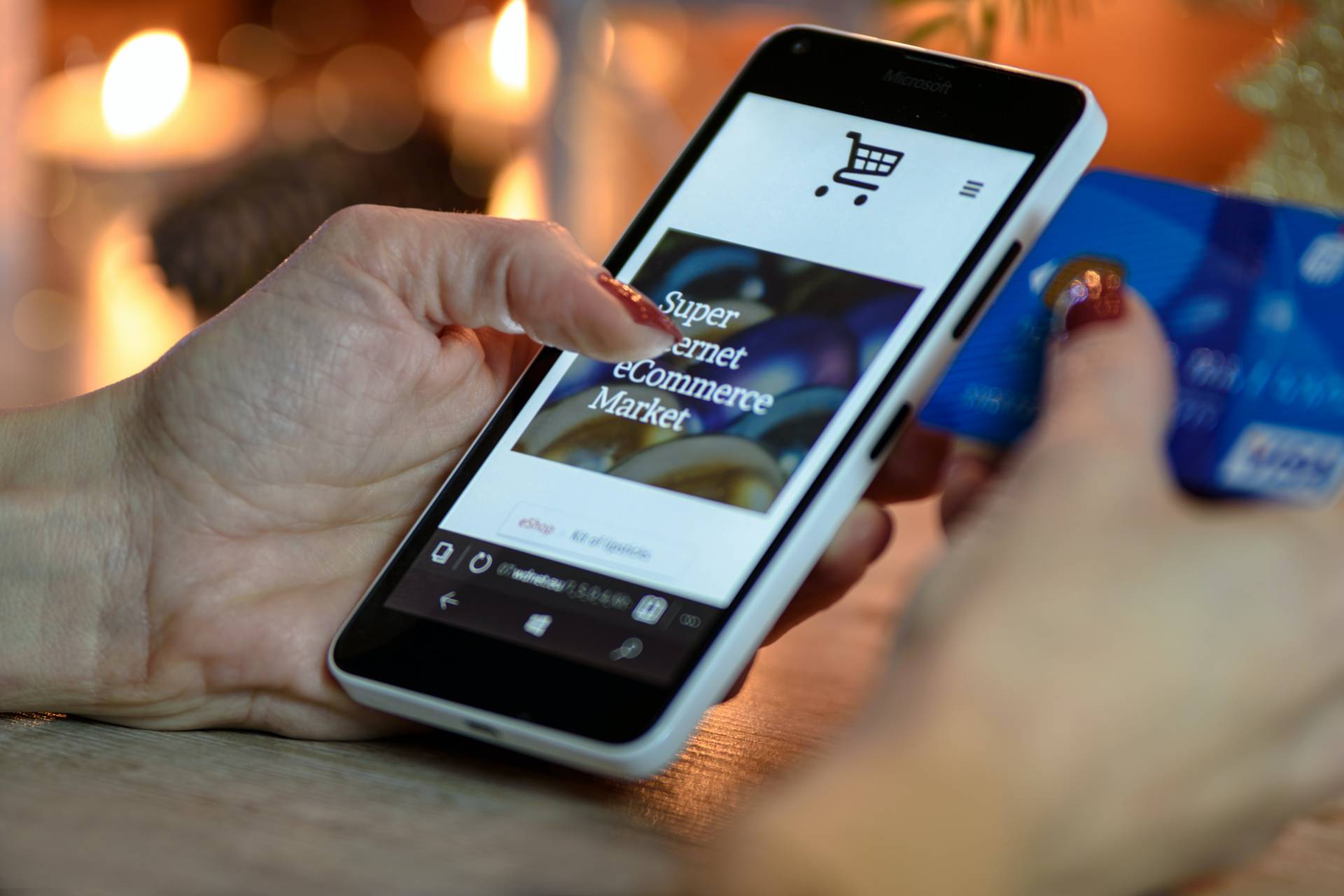62% of American consumers are shopping online more now than they did before the pandemic. For small businesses, that means ecommerce has never presented such a rich opportunity for sales.
But how can small business owners prepare for this influx of online shoppers? And how have both mobile and new tech become increasingly popular ecommerce tools in recent months?
Preparing for the Rise of Ecommerce
Shoppers around the world drove a 75% growth in ecommerce in Q2 2020 over Q2 2019, and also outperformed the 2019 holiday shopping season – which was already considered a peak sales season compared with recent years. That growth is expected to continue in 2021. It’s predicted that over 2.14 billion people worldwide will buy goods and services online this year.
In short, businesses should expect larger numbers of website visitors looking to purchase online in 2021, especially because we’re still living with the coronavirus pandemic that has accelerated ecommerce growth.
Prepare for an Influx of Visitors
Preparing your website for an influx of visitors is important. If your site is unable to cope with increased traffic, then it will load more slowly for your customers. This will heavily affect conversions. In fact, even just a one second delay in site speed will reduce conversions by 7%.
There are easy tweaks you can make to reduce your site’s load time for visitors. One quick and effective fix is to compress images. This means striking a balance between the smallest file size and the highest quality for each image. This might sound technical or complicated, but a quick Google search will turn up a number of free image compressing tools to do it for you.
If you’re running a larger online store, or your website is seriously exceeding your traffic expectations, then you might need to think a little bigger. Consider upgrading your web hosting plan to one that offers more bandwidth. Bandwidth is the amount of data – such as media and content – you can transfer from your web server to your users. It’s usually capped at a monthly limit. The more visitors your site has, the more data you’ll need to be able to transfer.
Optimize for Mobile Viewing
You’ll also want to double-check that your site’s design is responsive on mobile devices, which plays a huge part in the customer journey. While it’s true that more sales are made on desktops, more traffic actually comes from mobile devices. The pandemic has also increased the popularity of mobile browsing. Essentially, 45% of consumers say they’ve been using their phone more as a shopping channel since the COVID-19 outbreak.
Ecommerce in 2021: The Rise of Mobile
These days, it’s very easy to create a website that looks good and works well on both desktops and smartphones. In fact, if you’re using a website builder, chances are it’s already been taken care of for you.
Even before the coronavirus pandemic, mobile purchases were predicted to make up 72.9% of total global ecommerce spend by 2021. This would be worth $3.56 trillion. In Q1 of 2020 alone, ecommerce traffic on mobile devices grew by 25% across all industries. Seventy-one percent of traffic came from mobile phones, as did 56% of order share.
As I mentioned earlier, desktop devices lead in sales. But the high numbers of mobile traffic we’re seeing this year is so important. It means that mobile devices are starting more customer journeys than ever.
In fact, mobile devices play an important role in every stage of the customer journey including during it. Additionally, 58% of multi-device purchases utilise mobile as a transitional touchpoint. Mobile traffic also consistently remains higher than desktop traffic at both the start and end of the customer journey.
The two biggest ecommerce markets in the world – China and the U.S. – conduct 59% and 39% of their ecommerce shopping on mobile devices, respectively.
Ecommerce in 2021: The Rise of New Tech
New technology trends like voice shopping and chatbots are also shaping the customer experience into something new this year. These innovations are making browsing more convenient for customers, and they’re important new channels for merchants to watch.
Voice shopping
Voice control devices, like Amazon Alexa and Google Home, are rapidly changing the way many people shop. One in five smart speaker owners are already using voice commerce – and that’s a lot of people, considering that roughly a quarter of US adults have a smart speaker in their home.
It looks like the pandemic has accelerated the popularity of voice assistants, with 52% of users saying they use the technology “several times a day or nearly every day.” That’s up from 46% before COVID-19 hit.
Chatbots
Google search volume for “chatbots” has increased 19 times in the last five years. Consequently, more than half of customers say that they’re more likely to shop with a business that they can connect with over chat. But this new technology isn’t just convenient for customers. By using chatbots, merchants can save up to 30% on customer service spending.
And while customer service is the area most likely to benefit from chatbots (95%), other areas will benefit too. This includes sales and marketing (55%) and order processing (48%).
Final Thoughts
Retail is moving more and more online all the time. For small business owners, the increasing digital and ecommerce demand can be overwhelming, but it’s also a massive opportunity for growth. Set up a website that can handle online shoppers. Then, keep an eye on rising trends in mobile and new tech. Lastly, reap the rewards.

